Dogs, our loyal and loving companions, are often misunderstood even by those who love them the most. Misconceptions about canine behavior and needs pervade popular knowledge, leading to gaps in the understanding between humans and their pets.
This article aims to debunk common myths about dogs, providing clarity and fostering a deeper connection between dogs and their owners. By exploring the truth behind these misconceptions, we enhance our ability to care for and appreciate the complex nature of our furry friends.
Dogs See in Black and White

Contrary to popular belief, dogs do not see the world in black and white. They have dichromatic vision, meaning they can see in shades of blue and yellow but cannot distinguish between red and green. This limited color perception is akin to color blindness in humans.
Wagging Tails Mean Happiness

The key to understanding a dog’s mood lies in observing the pattern, speed, and direction of the wag alongside other body language. While a wagging tail often signifies happiness, it can also express a range of other emotions including anxiety, insecurity, or even aggression. A relaxed wag generally means they’re happy, but a stiff wag can be a warning.
Old Dogs Can’t Learn New Tricks
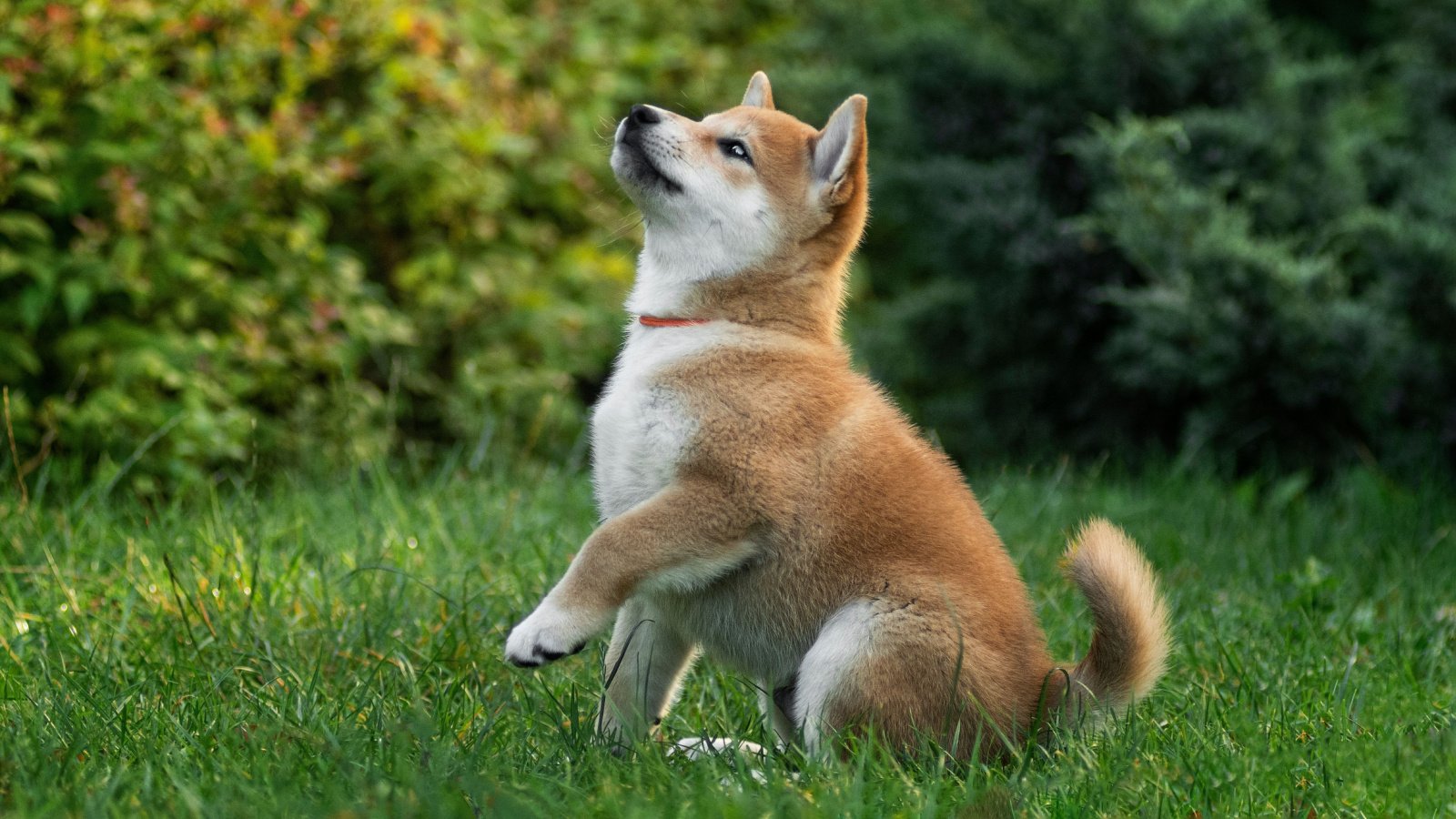
Cognitive function does decline with age, but mental stimulation is beneficial and can enhance their quality of life. This age-old adage is misleading; old dogs are perfectly capable of learning new tricks and behaviors. What they require is patience and training methods adapted to their pace and learning style.
One Human Year Equals Seven Dog Years

The idea that one human year is equivalent to seven dog years is an oversimplification that doesn’t take into account the breed or size of the dog. Smaller breeds tend to live longer than larger breeds, and dogs mature more quickly in their early years. A more accurate assessment involves a varied scale depending on the dog’s stage of life and size.
Dogs Eat Grass Because They’re Sick
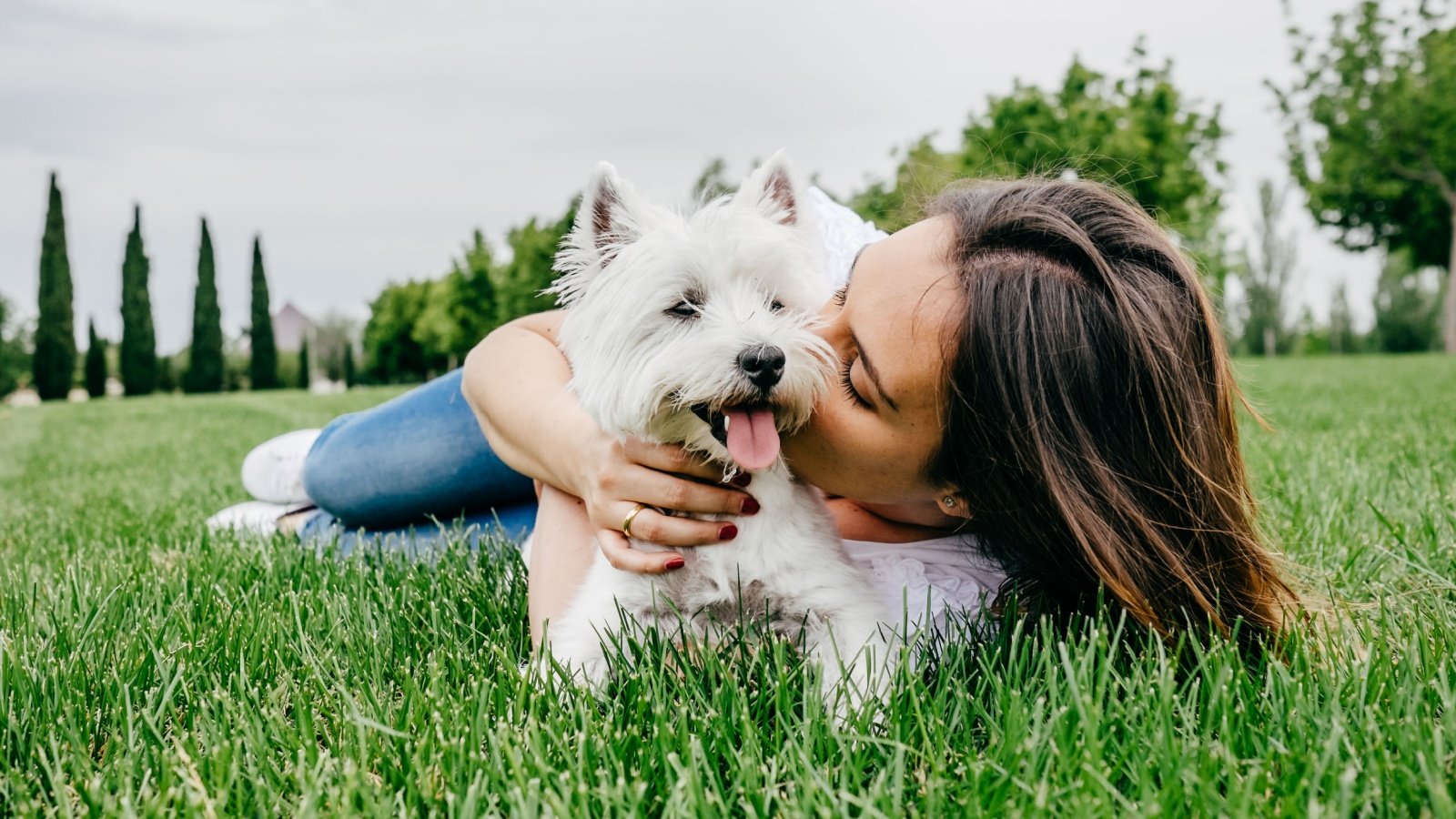
Dogs may eat grass for its nutritional value, as a way to induce vomiting if they feel unwell, or simply because they like the taste. While it’s common to see a dog eating grass, it’s not always a sign of illness. Continuous grass eating without signs of distress is generally not a cause for concern.
Dogs’ Mouths Are Cleaner Than Humans’

While it’s unlikely for diseases to be transmitted through a dog kiss, their mouths are by no means sterile. It’s a myth that a dog’s mouth is cleaner than a human’s. Both dog and human mouths harbor a significant amount of bacteria, some of which are unique to each species.
A Dry Nose Means a Sick Dog

A dry nose doesn’t necessarily mean illness unless it is accompanied by other symptoms like lethargy or loss of appetite. A dog’s nose can be dry for many reasons that have nothing to do with their health, such as the weather or their level of hydration.. Regular vet check-ups are the best way to monitor a dog’s health.
Dogs Can Feel Guilt
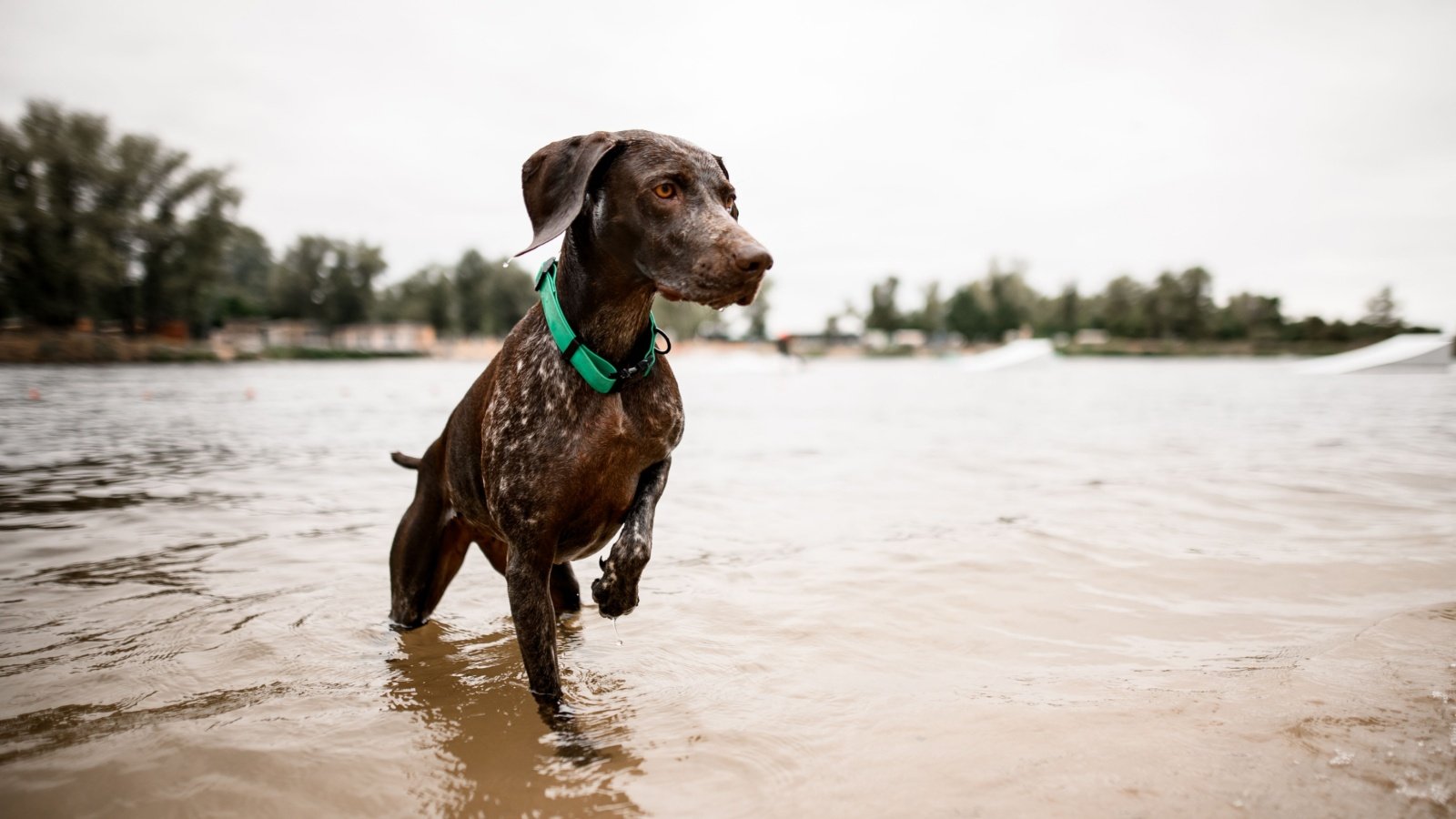
The “guilty look” – lowered head, averted eyes, and slinking body – is more likely a reaction to the owner’s disappointment or anger. Dogs do not experience guilt in the human sense. This is an example of dogs responding to human body language, rather than feeling guilty for their actions.
Dogs Howl Because They’re Lonely

Dogs howl for many reasons aside from loneliness, including communicating with other dogs, expressing attraction, or responding to high-pitched sounds. Some breeds, like huskies, are more prone to howling as a normal part of their communication. Observing the context and frequency of howling can help determine its cause.
Table Scraps Are Okay for Dogs

Feeding dogs table scraps is generally not recommended. Many human foods are unhealthy for dogs and can lead to weight gain and nutritional imbalances. Some foods, like chocolate and onions, are toxic to dogs and should always be avoided.
Dogs Prefer to Be Alone Outside

Leaving a dog outside for extended periods can lead to behavioral and psychological issues. While dogs may enjoy spending time outdoors, they are social animals that require interaction and bonding with their human families. It is important for dogs to be part of the household and engage in regular social interactions.
All Dogs Know How to Swim

It’s important to introduce water gradually and ensure a dog’s safety and comfort while swimming. Not all dogs are natural swimmers, and some breeds struggle in water due to their physical structure. For example, breeds with heavy chests and short legs often find swimming challenging.
Tail Chasing Is Just Playful Behavior

If a dog chases its tail excessively, a vet visit might be necessary. Frequent tail chasing can sometimes indicate an underlying medical issue or behavioral problem in dogs. It could be caused by fleas, worms, or a skin condition that irritates the dog, or it could be a compulsive behavior related to anxiety.
Dogs Understand Words

Dogs do not understand language in the way humans do. They respond to the tone and volume of words, and they can learn to associate specific sounds with actions or objects. Training should focus on consistency in command words and tone to ensure effective communication.
More Barking Means Aggression

Dogs bark to alert, communicate their needs, or respond to stimuli in their environment. Barking is a form of communication and not always a sign of aggression. Understanding the different types of barks can help owners better respond to their pet’s needs.
Dogs Hate Cats

The stereotype that dogs naturally hate cats isn’t always true. Many dogs can coexist peacefully with cats, especially if they are raised together or properly socialized. The relationship between a dog and a cat often depends on their individual personalities and their experiences with each other.
Smaller Dogs Are Less Work

While smaller dogs might require less physical space, they do not necessarily require less work. Small breeds can be high-energy and require just as much engagement, training, and care as larger breeds. Additionally, some small breeds are prone to behavioral issues if not properly trained and socialized.
Dogs Always Enjoy Being Petted

While many dogs enjoy being petted, they have preferences for how and where they like to be touched. Forced interaction can lead to stress and anxiety for some dogs. Observing a dog’s body language during petting can ensure the interactions are positive for both the dog and the human.
Bigger Dogs Are More Destructive

Size does not necessarily correlate with destructiveness. Destructive behavior is usually a result of a dog’s energy level, anxiety, or boredom, not its size. Proper training and sufficient mental and physical exercise can mitigate destructive behaviors in dogs of any size.
It’s Normal for Dogs to Breath Heavily
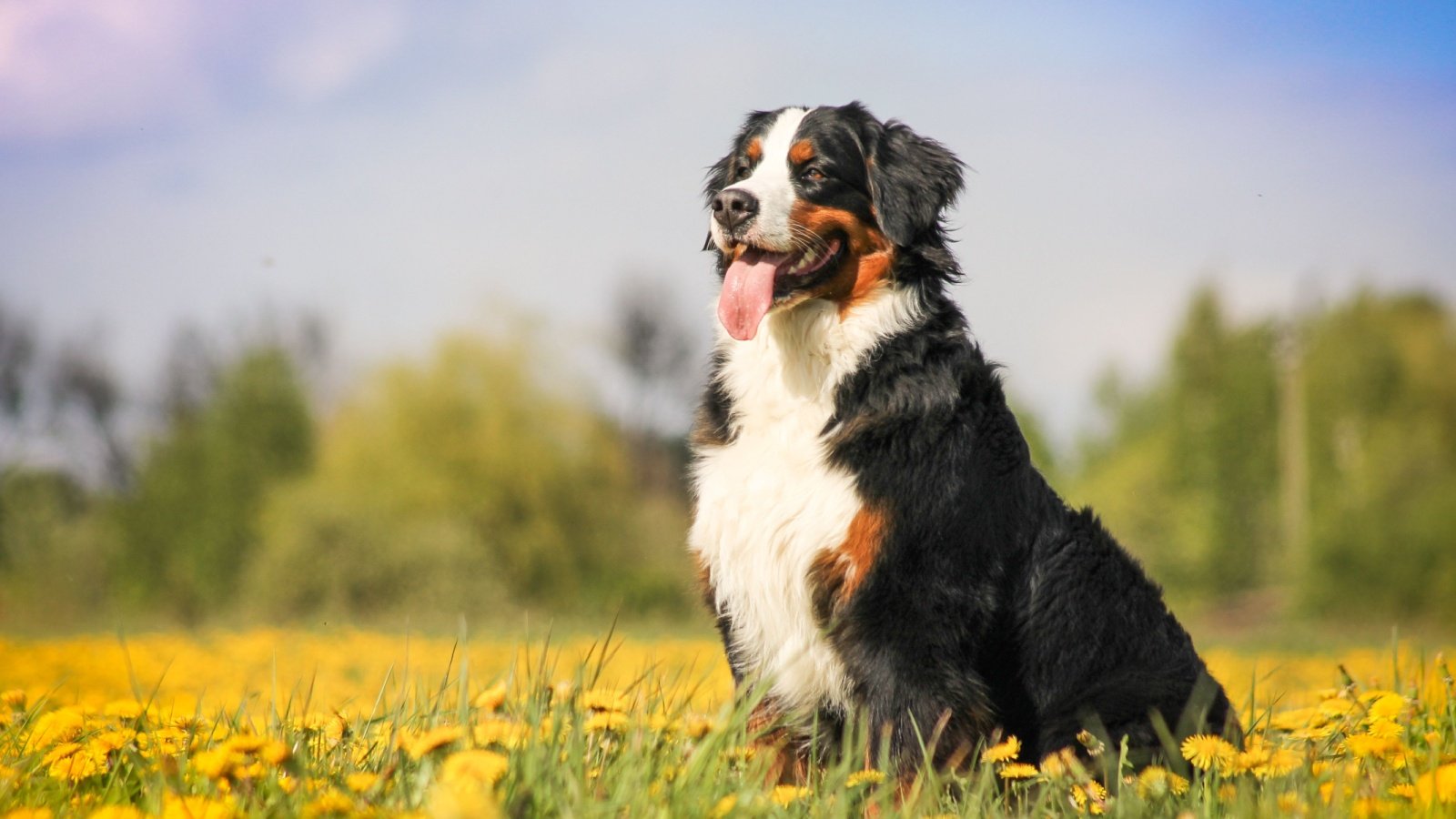
While dogs often pant to cool down, excessive panting could indicate a health issue, such as heatstroke, heart problems, or respiratory issues. Observing the context and other symptoms accompanying heavy breathing can be crucial. Owners should be aware of their dog’s normal panting patterns and consult a vet if changes occur.
Dogs Naturally Protect Their Owners

Assuming a dog will naturally protect its owner without training can lead to unrealistic expectations and potential safety issues. Not all dogs have the instinct to protect or guard; this trait varies widely among breeds and individual dogs. Training and temperament play significant roles in whether a dog will act protectively.
Purebred Dogs Are Healthier

Mixed breed dogs often benefit from hybrid vigor, potentially leading to fewer genetic health problems. Purebred dogs are often believed to be healthier or superior to mixed breeds, but they can be prone to genetic disorders due to inbreeding. It’s important for potential dog owners to consider health risks associated with both purebreds and mixed breeds.
All Dogs Need Extensive Outdoor Exercise
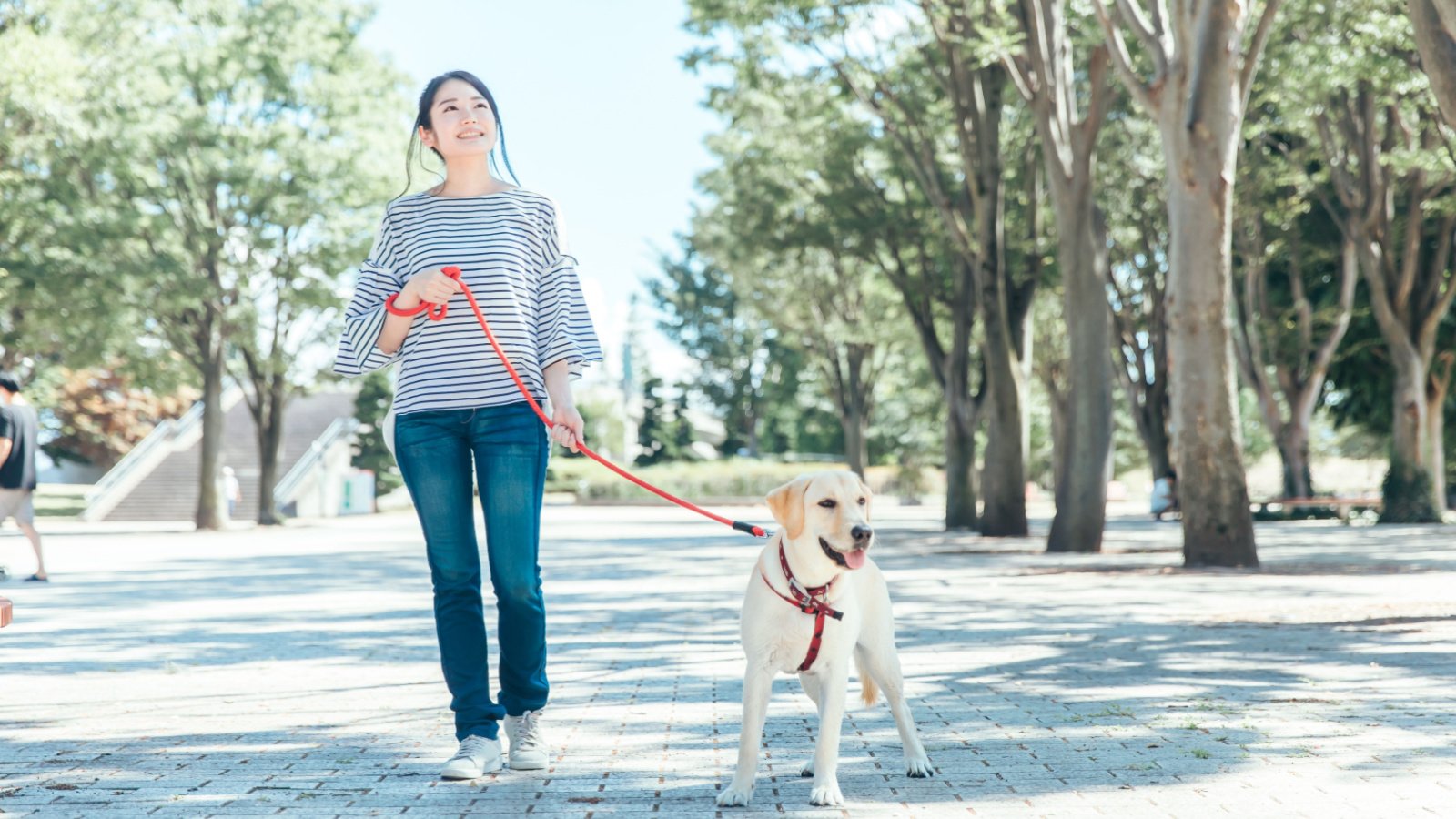
While exercise is essential for all dogs, the amount and intensity needed can vary greatly depending on the breed, age, and health. Some breeds, particularly those that are smaller or older, may require less intense exercise. It’s important to tailor activities to suit your dog’s individual needs.



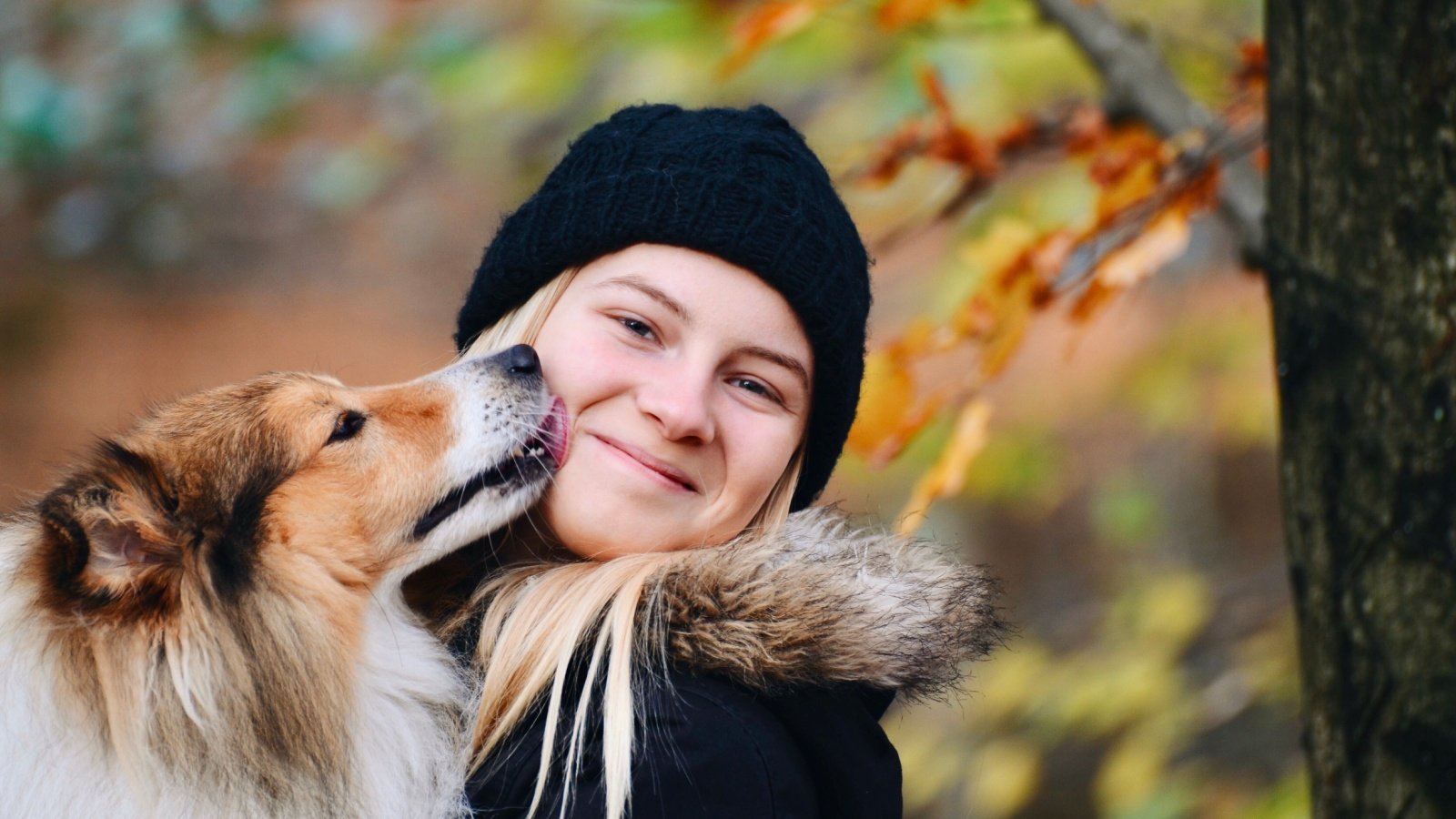





It’s in point of fact a great and useful piece of info. I’m glad that you simply shared this useful information with us. Please stay us up to date like this. Thanks for sharing.